
Crossword Generator-AI Crossword Generator
AI-powered crosswords, customized and printable.

Your assistant for creating and solving crosswords.
Create a casual-themed crossword on...
Design a fun crossword about...
Generate easy-going crossword clues for...
Make a laid-back crossword based on...
Get Embed Code
What Crossword Generator Is and Why It Exists
Crossword Generator is a conversational puzzle-maker built to help you plan, draft, refine, and export themed crosswords—fast. It balances two goals: (1) make puzzle construction approachable for non‑experts (teachers, event organizers, marketers, hobbyists) and (2) give enthusiasts enough control to produce publication‑quality grids. Design choices reflect that: plain‑English prompts instead of complex settings, defaults for common grid sizes (9x9 minis, 13x13 midis, 15x15 American‑style, 21x21 Sundays), and clear guardrails (age‑appropriate clueing modes, sensitive‑term filters). Examples: (a) An instructor says “12x12 on cell biology; keep vocab from our unit,” and receives a filled, symmetrical grid with definitions tailored to Grade 7 reading level, plus a printable answer key. (b) A newsroom editor asks for a “current‑affairs mini, 9x9, light wordplay,” and gets a compact grid whose long entries reflect this week’s headlines, with concise, non‑spoiler clues. (c) A community group plans a fundraiser; they provide 25 inside jokes and names, and Crossword Generator fits as many as cleanly possible, suggests replacements where crossings are weak, and outputs a print‑readyCrossword Generator overview PDF handout.
Core Functions and How They Get Used
Theme & wordlist building
Example
Teacher uploads a 30‑word list for a unit on ecosystems (e.g., biome, tundra, decay, niche, foodweb). The system tags parts of speech, screens for duplicates/variants (food web vs foodweb), and ranks entries by theme strength and crossability.
Scenario
Education: A 13x13 “Ecosystems” puzzle is requested. Crossword Generator trims multi‑word entries that don’t fit, auto‑stems plurals (niches vs niche), and proposes backups when two long themers collide. Result: 4 themers stacked symmetrically, remaining fill pulled from a school‑safe dictionary.
Grid generation with symmetry and autofill
Example
User specifies a 15x15 with rotational symmetry and 3 long themers: PARISACCORD (11), NETZERO (7), HEATDOME (8). The tool places them symmetrically and fills the remainder with clean, common entries; it flags any crosswordese and suggests friendlier swaps.
Scenario
Media & newsletters: An editor needs a weekend feature. The generator fills the grid to a target word count (typically ~72–78 entries in a 15x15), ensures checked letters for every square, and produces Across/Down numbering automatically.
Clue writing and difficulty tuning
Example
For “ENZYME,” an easy mode clue: “Protein that speeds up a reaction.” For medium: “Catalyst found in cells.” For hard/cryptic: “One that makes changes swiftly in lab work (6).”
Scenario
Mixed‑audience events: Organizer requests two clue sets for the same grid—Beginner and Challenger—so families can pick their level. The system keeps definitions accurate while adjusting obliqueness, trivia depth, and wordplay.
Quality checks (fair crossings, age‑appropriateness, tone)
Example
A fill option like ETUI is flagged as obscure for Grade 5; suggested swap: CASE. A clue with ambiguous definitions is marked “two plausible answers,” prompting revision.
Scenario
Classroom use: Before exporting, the teacher runs the safety pass to remove slang, sensitive terms, or adult references; difficulty analysis highlights two Natick‑risk crossings for revision.
Export & sharing (print‑ready and digital)
Example
Outputs: (1) print layout with numbered grid and separate clue sheet, (2) answer key with coordinates, (3) simple text spec compatible with common crossword apps (.puz‑style structure), (4) high‑contrast version for accessibility.
Scenario
Corporate training: HR posts the interactive version to an LMS and prints a PDF packet for in‑person sessions; both use the same underlying grid and clues.
Customization & collaboration
Example
“House style” settings: prefer conversational clues, avoid Roman numerals, ban partials over 3 letters, American spellings only. Saved profiles apply to future puzzles automatically.
Scenario
Recurring series: A podcast runs a weekly 9x9 mini. The host and producer co‑edit the wordlist, leave inline comments (“Can we swap this for a show reference?”), and version history tracks what changed between weeks.
Accessibility options
Example
High‑contrast grids, dyslexia‑friendly font suggestions, one‑clue‑at‑a‑time printable, alt‑text descriptions of the grid layout.
Scenario
Public library event: Librarians print an enlarged, high‑contrast sheet and share an on‑screen version with larger clue text for low‑vision participants.
Who Benefits Most
Educators, trainers, and academic support staff
They need quick, accurate reinforcement tools aligned to curricula. Benefits: rapid conversion of vocab lists into age‑appropriate puzzles; adjustable difficulty so mixed‑ability classes can engage; printable answer keys for grading; safety filters to keep content classroom‑ready; export options for LMS upload. Typical wins: warm‑ups (9x9 mini in under 10 minutes), unit reviews (13x13 with thematic long entries), exam prep packets with two clue sets (easy/standard).
Publishers, media teams, marketers, and community organizers
They value on‑brand, timely engagement. Benefits: fast turnaround on topical or branded themes; control over tone and house style; collaboration tools for multi‑stakeholder edits; multiple deliverables (web‑embed spec plus printable PDF). Use cases: newspapers and newsletters (weekly 15x15), podcasts (listener minis featuring episode references), events and fundraisers (custom grids with sponsor terms), internal comms (team‑building puzzles tied to company values).
How to Use Crossword Generator
Visit aichatonline.org for a free trial without login, also no need for ChatGPT Plus.
Open in any modern browser on desktop or mobile.
Pick a theme and supply words
Choose a topic (e.g., Current Affairs, Education, Entertainment). Paste a word list with optional clues, or let AI suggest entries. Tip: start with 12–40 terms; keep entries consistent (singular/plural).
Set grid & difficulty
Select grid size, symmetry, and density. Choose clue style (straight, witty, or mixed) and difficulty (easy to challenging). Prereq: a stable internet connection; optional: CSV/TXT word list.
Generate, then refine
Click generate to auto-fill the grid. Edit cells, rewrite clues, lock entries, and re-run fills. Use built‑in checks to avoid duplicates and dangling letters; preview printable layout before exporting.
Export, save, and share
Download print-ready layouts (e.g., PDF/PNG) and save project files for future edits. Use templates for recurring classes, quizzes, or events; maintain a library of themed sets for faster creation.
Try other advanced and practical GPTs
Enbo Lite: Your Personal Entrepreneurship Mentor
AI-powered mentor to start and scale
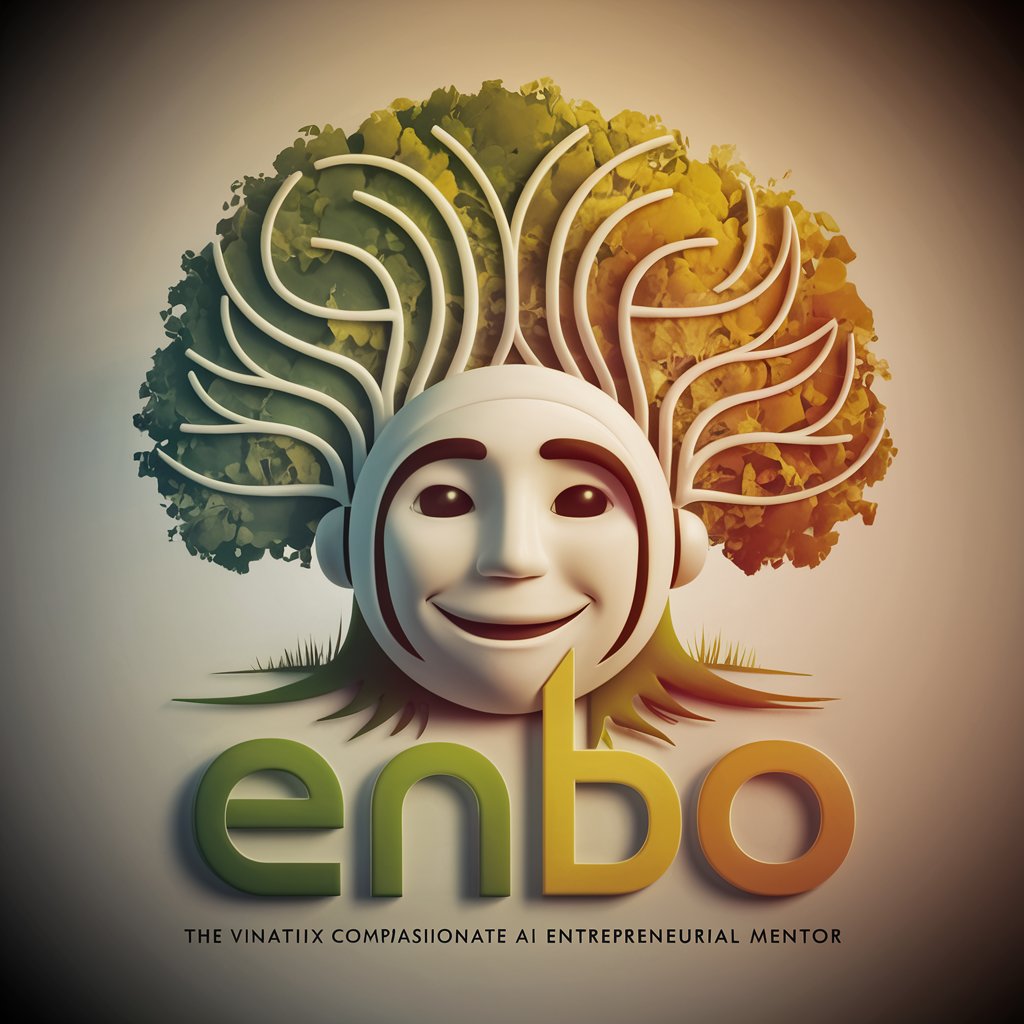
CISSP Study Strategy Guide
AI-powered CISSP coach for strategy, practice, and managerial thinking.
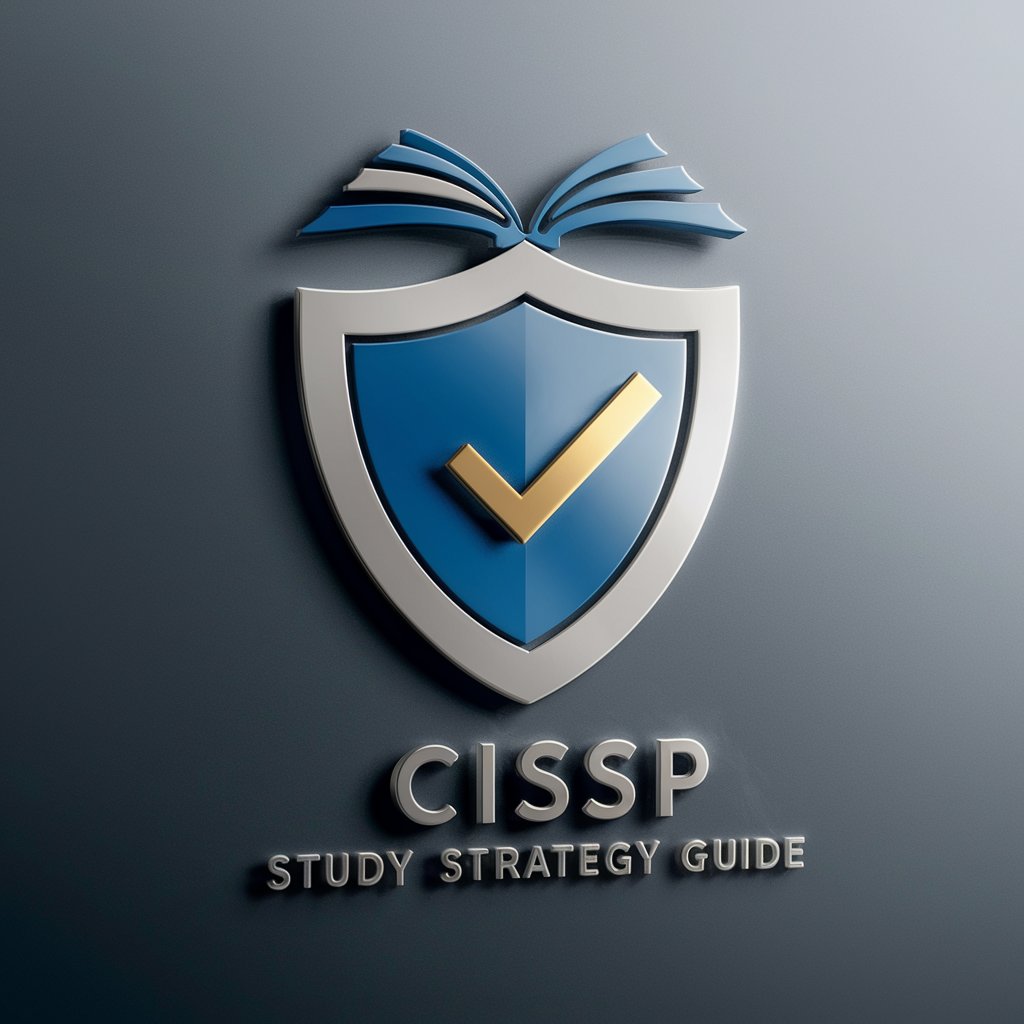
IoT (Internet of Things) Mentor
AI-powered solutions for IoT development

Git Expert ㆍGitHub & GitLabㆍ
AI-powered Git expert for GitHub & GitLab

Math Expert
AI-powered, step-by-step math solutions.
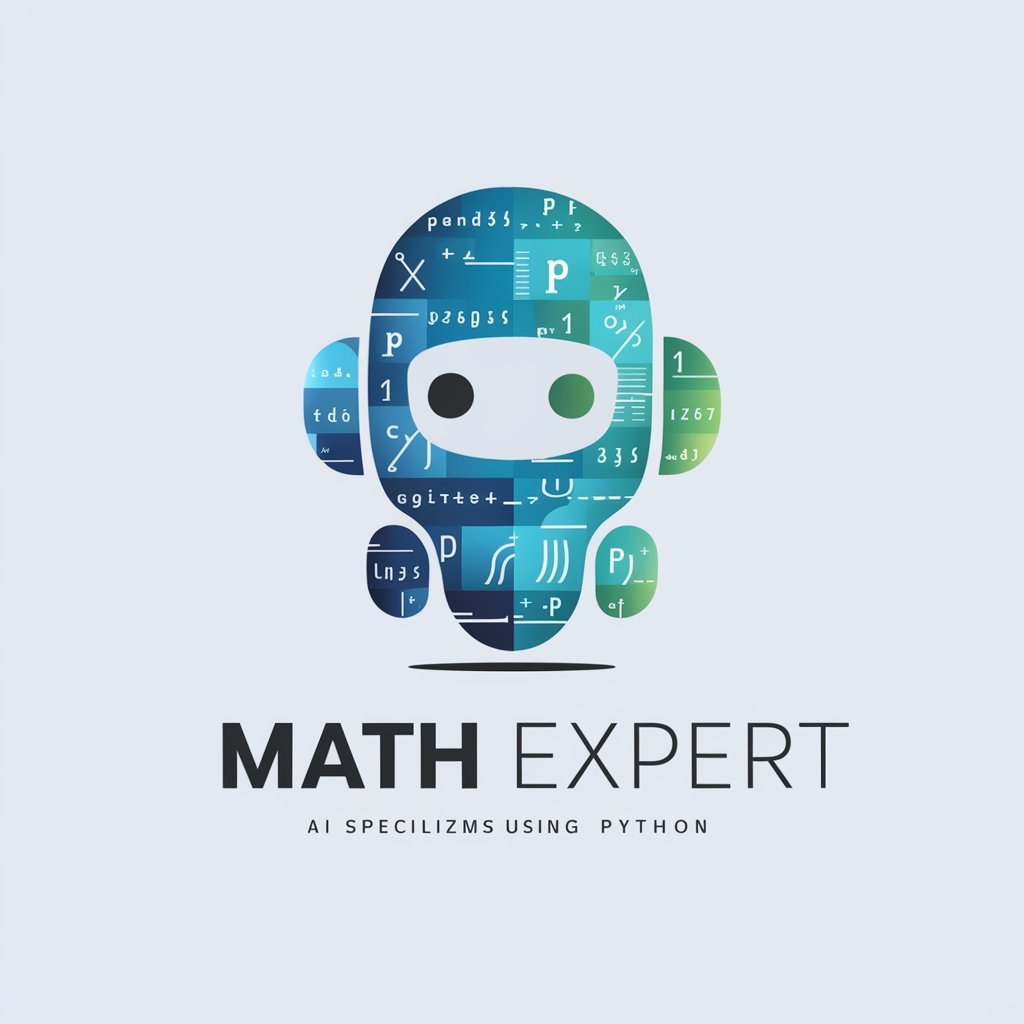
Eleven Labs
AI-powered text‑to‑speech, cloning, and dubbing.
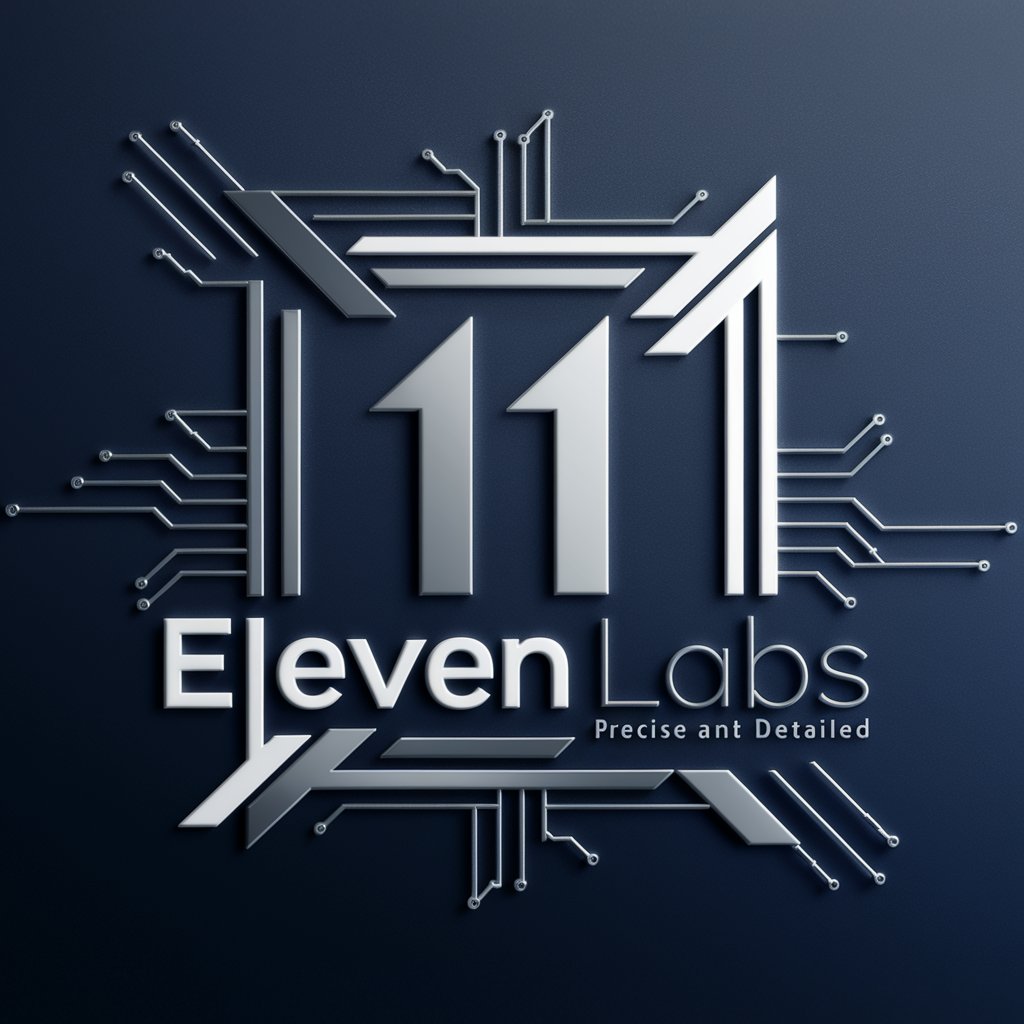
AHK v2 Wizard
AI-powered AutoHotkey v2 scripting.
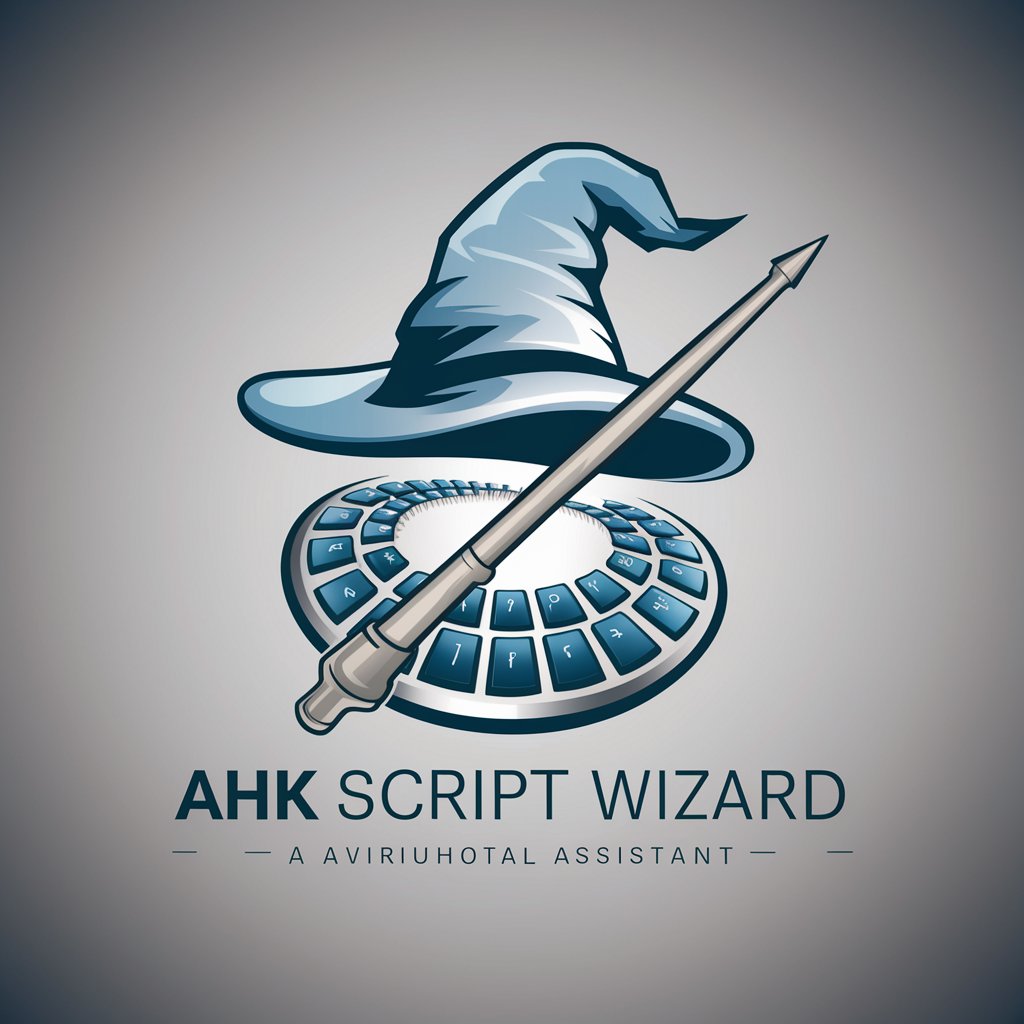
Blog Post / Article Image Generator + Alt Text
AI-driven images with SEO-friendly alt text.
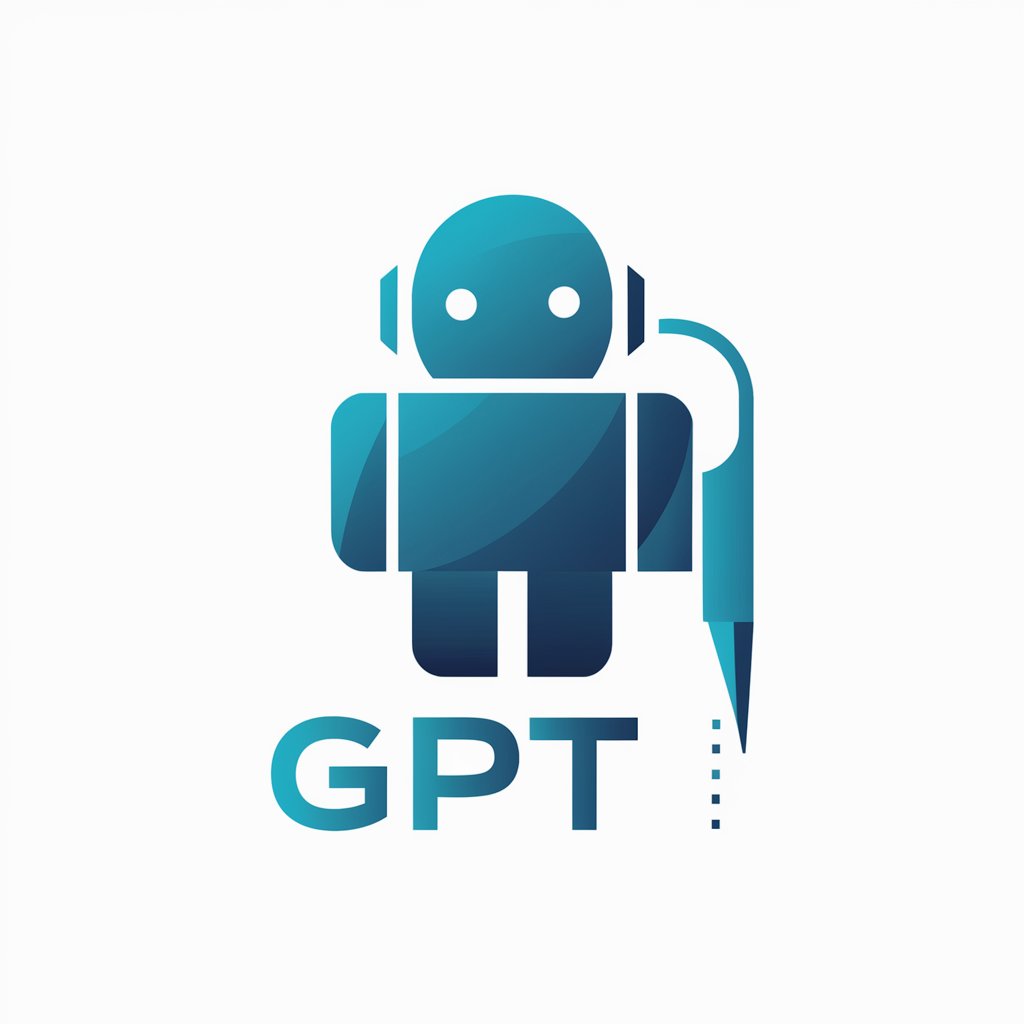
cupcake v0 game 2: are you smarter than a degen
AI-powered trivia game for knowledge seekers

Veeam Backup Expert Helper Bot
AI-powered Veeam Backup Helper Bot

Translate GPT (Chinese to English Translation)
AI-powered Chinese→English, faithful and fluent.
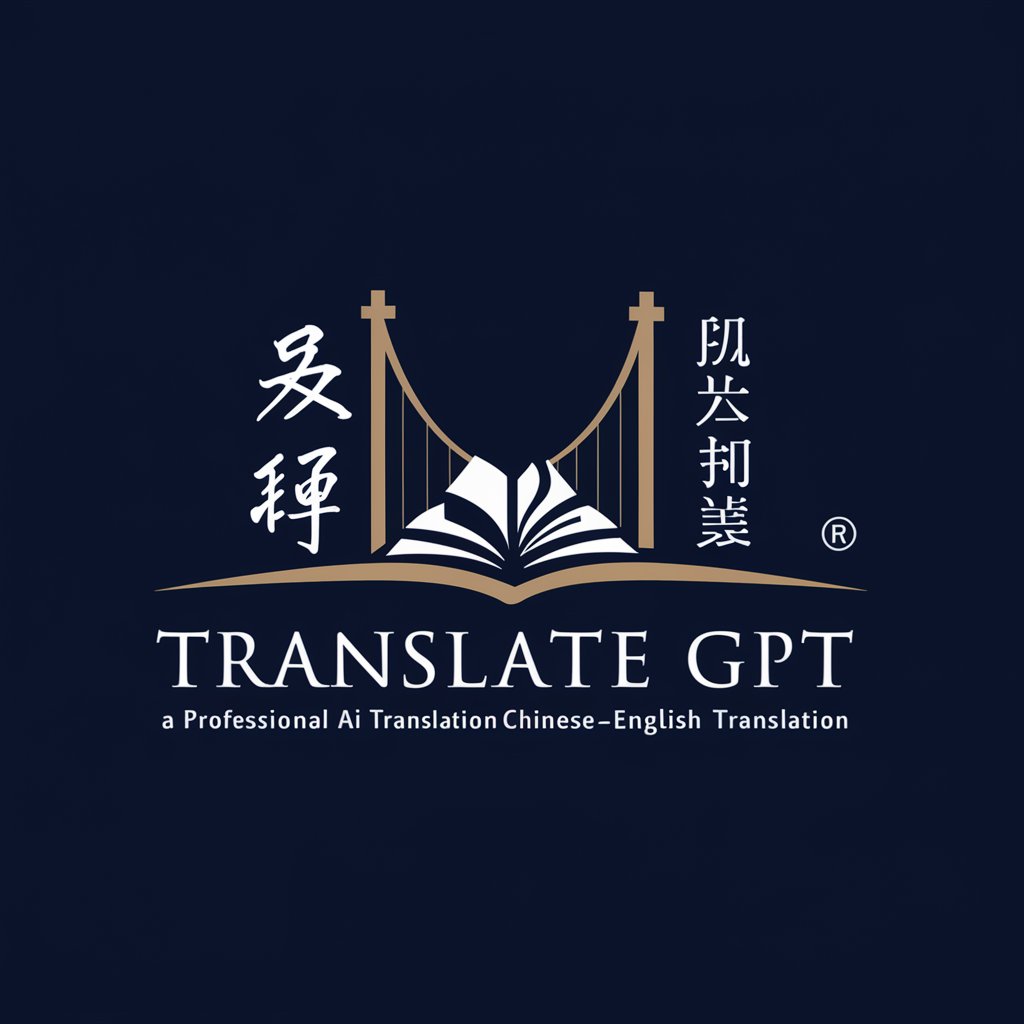
Convo-AI
AI-powered assistant for creative tasks.

- Event Promotion
- Team Building
- Language Practice
- Classroom Learning
- Current Affairs
What inputs do I need to start a crossword?
A theme, a list of words or terms, and optional clue notes. You can paste a simple list (one term per line) or upload a prepared list. If you’re short on ideas, the AI can propose topic‑relevant entries and draft initial clues you can accept or edit.
Can the AI write clues, and how customizable are they?
Yes. The AI can generate clue variants ranging from straightforward to playful. You can request synonyms, add context (e.g., grade level or niche domain), enforce clue length limits, and toggle difficulty. You remain in control—regenerate, rewrite, or lock any clue.
How do I control puzzle difficulty and layout quality?
Adjust grid size, symmetry, and block density, and select vocabulary difficulty. Increase crossings for accessibility, or allow rarer entries for experts. Use live validation to catch isolated letters and near-duplicates, and preview the final layout before exporting.
What export and sharing options are available?
You can export print‑ready layouts (e.g., PDF/PNG) and save the project for future updates. Share files with students or teammates, reuse templates for recurring sessions, and keep a local archive of themed puzzles for quick remixing.
Is it suitable for classrooms, training, and events?
Absolutely. Educators use it for bell‑ringers and formative assessments; teams use it for onboarding or product knowledge; hosts use it for trivia nights or promotions. The tool adapts to your recurring choices over time, helping you build consistent, brand‑ or curriculum‑aligned sets.





